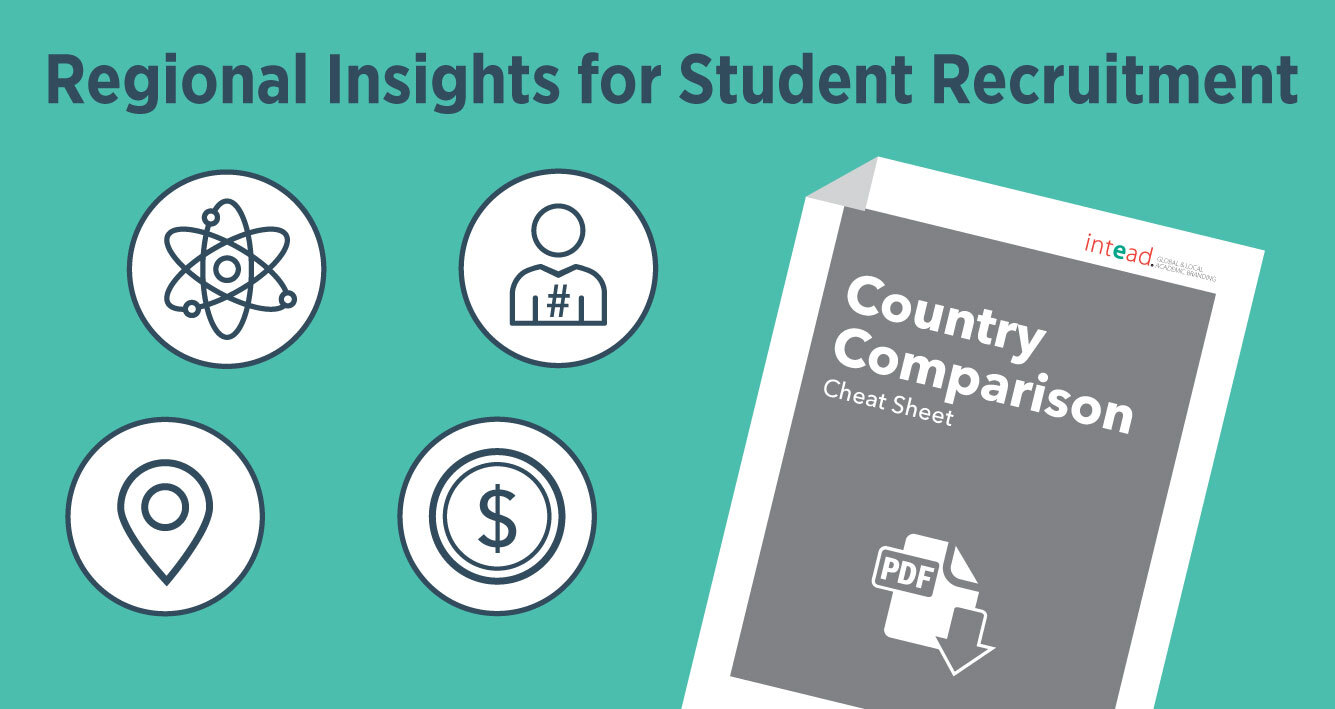"Where else should we be?"
This question comes up consistently in our workshops, webinars, and client conversations,
The reality: you’ve been wanting to diversify your recruitment efforts for years. Until the pandemic and the latest global political wrangling made recruiting from China problematic, your leadership wouldn’t listen. Now they will and they’re wondering why you hadn’t diversified earlier. 🙄
China and India have always been safe bets for international student recruitment. Of the nearly 1 million international students in the US, 34.7% are from #1 student sender China and 18.3% from #2 India, per the latest Open Doors data. #3 South Korea claims a distant 4.3%.
Despite Covid, these sources of international students in the US remain front and center.
If the majority of your recruitment efforts are focused on China and India, well, we get it. Your leadership team is comfortable investing where they feel safe and is typically fearful of starting something new. These markets are proven and for the most part steady, pandemics notwithstanding. But should all your eggs be in these two baskets?
Of course not.
Relying on only one or two markets for the majority of your international student intake leaves your institution vulnerable to market fluctuations. For most institutions, that strategy does not align with the overarching mission of diversifying your student body. It only aligns with the revenue side of the equation.
Here’s the thing: you relied heavily on those two markets because of the significant challenges of identifying and succeeding in a new market. How do you even do that?
[Side Note: maybe you’ll want to start with our country comparison cheat sheet]
So, let’s suppose you’ve done the market research analysis and you’ve found a new market (or two). How do you know if you’ve selected the right one(s)? How do you evaluate your investments in these new markets since they don’t behave like the markets where you already have experience?
You know it will take patience, too, as most institutions won’t yield real results until 2+ years of targeted recruiting and nurturing. Will your institutional leadership give you enough time to prove the effort? Or will they see the lack of traction after year one and pull the plug? (You’ve seen that before, we know).
This is where identifying effective benchmarks can help you set expectations and make the case for sustained investment.
We’ll be talking about this and so much more at #NAFSA2022 in Denver this month. Be in touch to set up a meeting with us. And please join us for one of our four interactive NAFSA presentations where we are honored to share the dais with our colleagues from Benedict College, San Diego State University, Clark University, Northeastern University, CIEE, ICEF, and GNET.
Read on to learn how you can tell which new markets are a good idea to enter and how to know if early recruitment efforts are likely to create the traction you need over time. Use these benchmarks to create your plan and set leadership expectations.
Read More
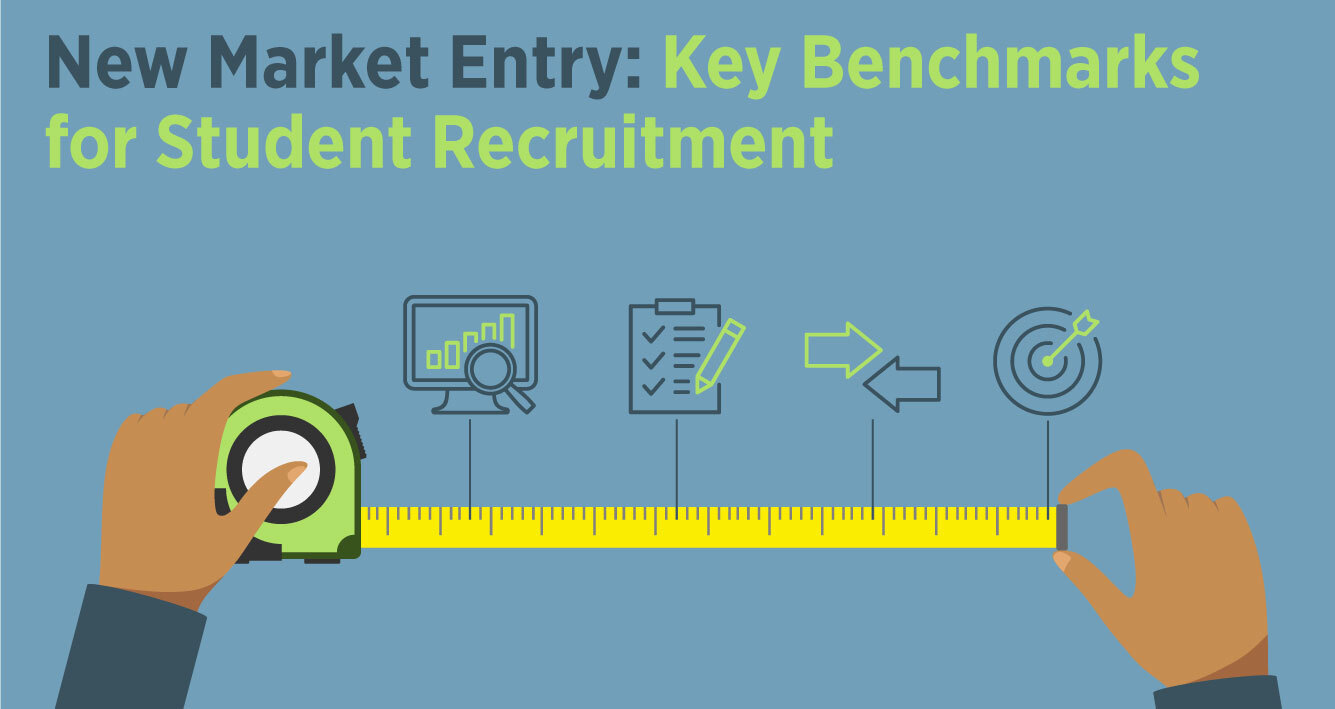

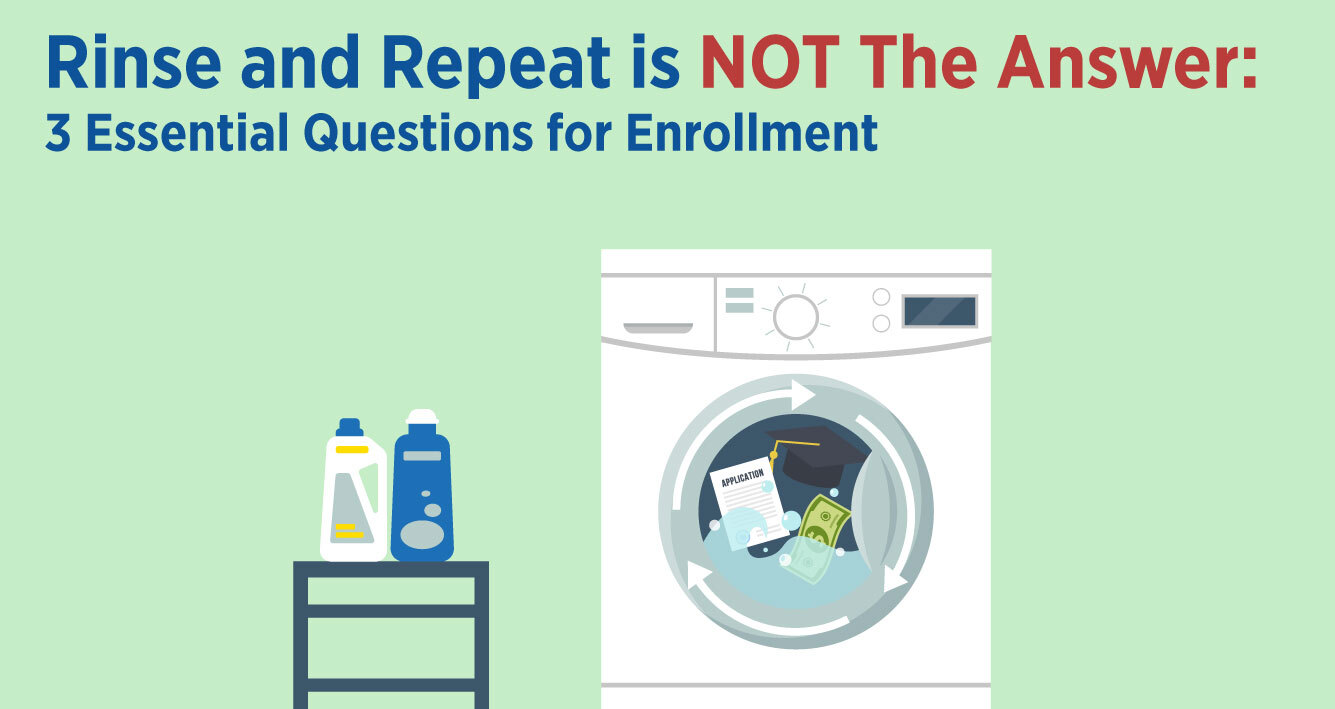
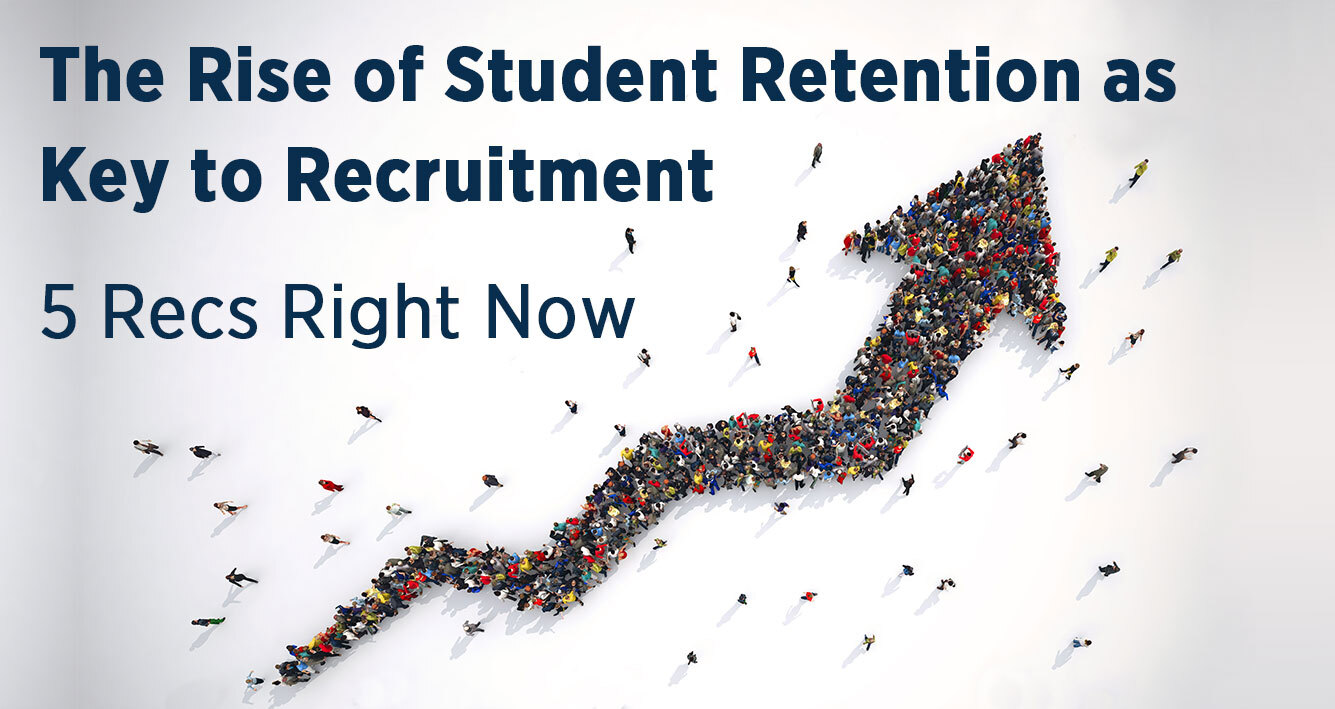

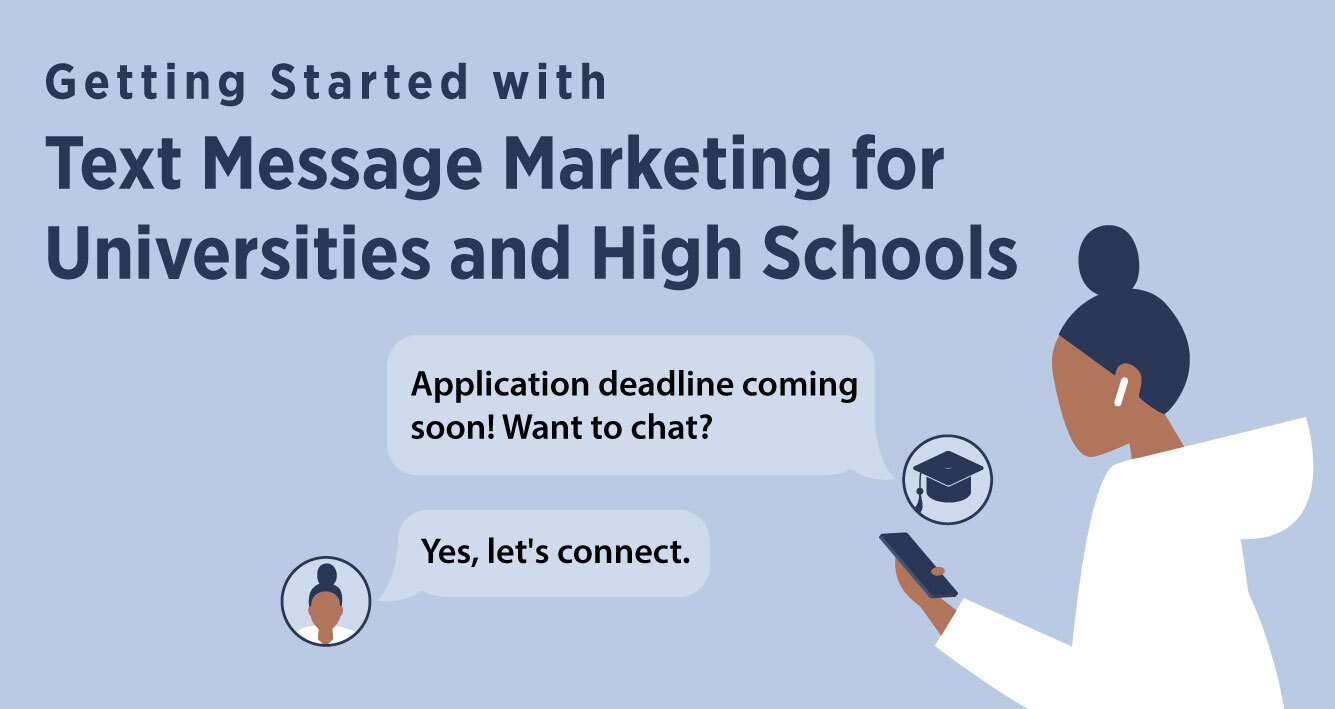
.jpg)

